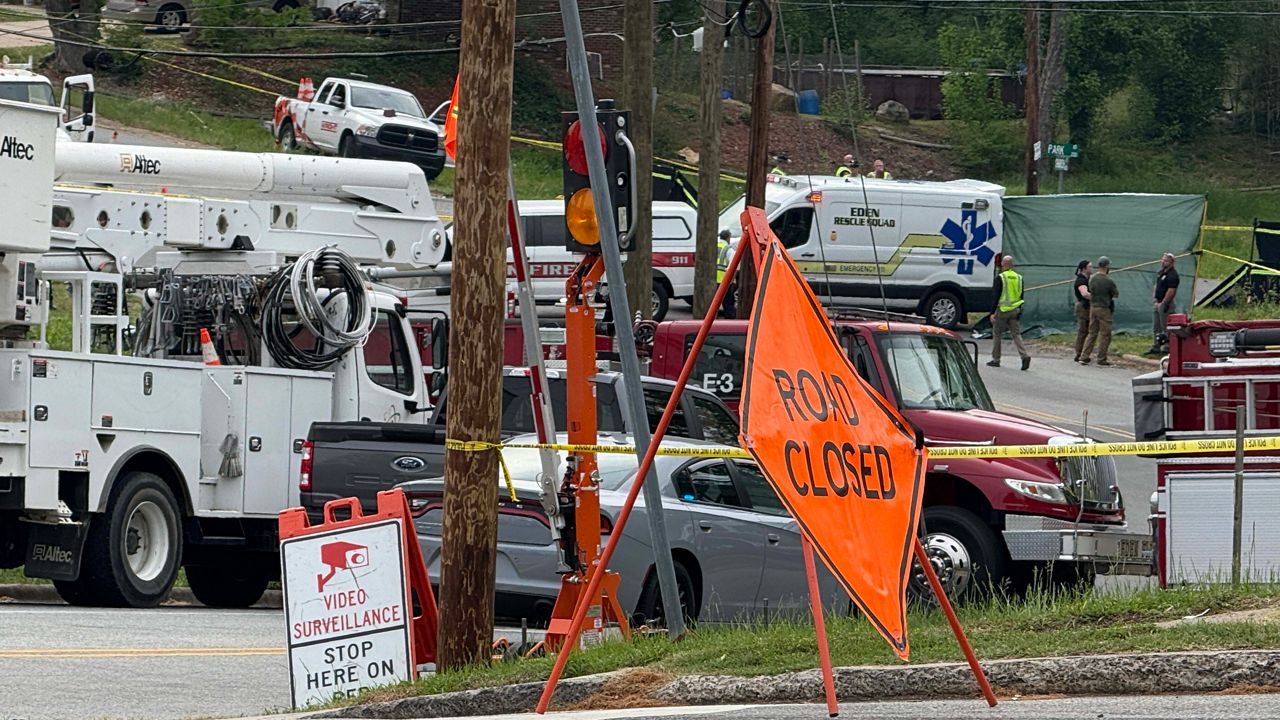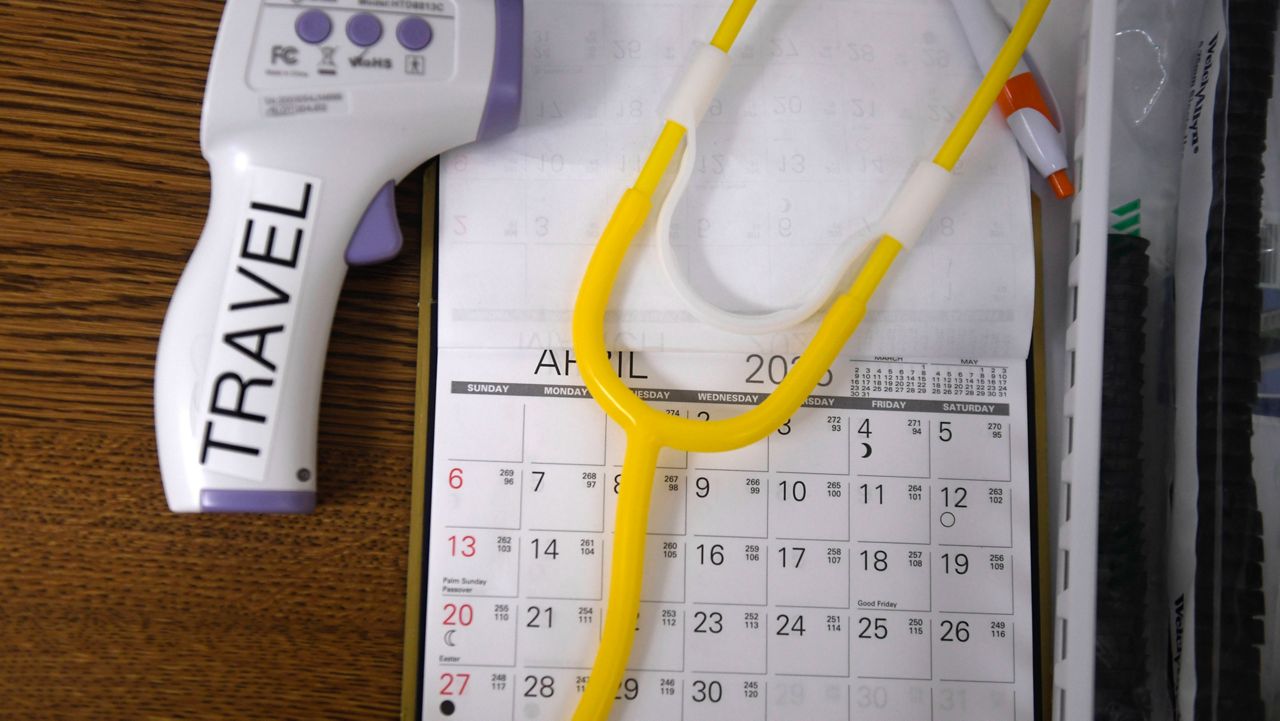RALEIGH, N.C. – North Carolina has thousands of dams spread out across the state, and maintaining the state’s infrastructure means getting inspectors on the ground to ensure their safety.
A spokesperson for the North Carolina Department of Environmental Quality’s Division of Energy, Mineral and Land Resources said as of April 2023, the division had 64 staff members across North Carolina who were trained to inspect dams as part of their responsibilities. One of them is Raleigh regional engineer Bill Denton.
He checks for cracks in the concrete, clogs, woody vegetation and animal burrows as he fills out a safety inspection report.
Denton said the division regulates more than 3,000 dams across the state.
“I think we do a good job of getting to all of our dams. The key is to lay eyes, especially on the dams that are classified as high hazard, the key is to lay eyes on those, trained eyes, at least once every two years. That’s what we’re mandated to do by the Dam Safety Law. Low and intermediate hazard, it’s a five-year window,” Denton said.
Denton explained that a high hazard rating does not indicate a dam is about to fail – it reflects the consequences that will affect anything and anyone downstream if the dam were to fail. A dam’s condition reflects what shape a dam is in.
According to the DEMLR, North Carolina has one of the largest inventories of dams in the entire country.
The division’s North Carolina Dam inventory shows more than 6,000 dams, including ones not regulated by the state. Less than a quarter of those are classified as high hazard dams. As of April 2023, the inventory showed 185 of those high hazard dams classified as being in poor or unsatisfactory condition.
“We’re always working to improve the quality of the data in our databases about dams so that can help us with decision-making, and just help with public awareness of the dams we have,” Denton said.
Once he concludes an inspection, Denton said his next step is to communicate what he sees to the dam’s owner.
“It’s important to remember that dam owners are responsible for their dams. The state sometimes, because we do our inspections, get saddled with some responsibility for the safety of the dam,” Denton said. “We are responsible for getting our inspections done and being professional, communicating anything we see to the dam owner. But beyond that we have no financial responsibility to actually take any sort of action or anything else. It’s a dam owner that bears the responsibility.”
More information about the North Carolina Dam Safety Program is available here.










